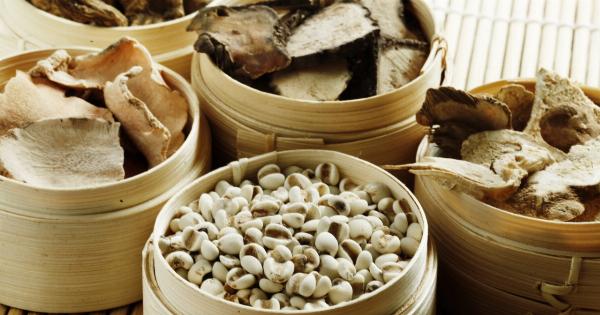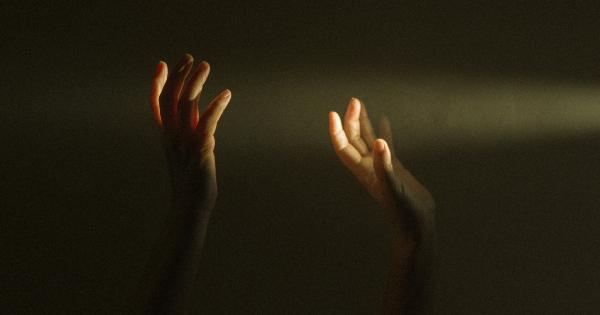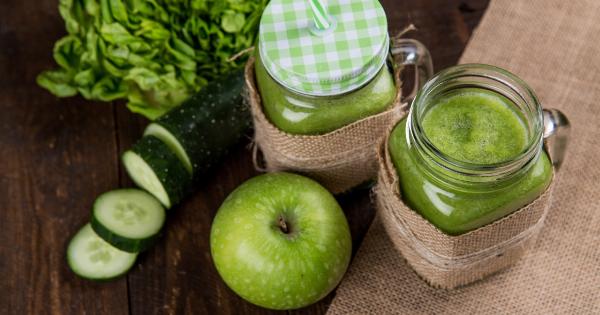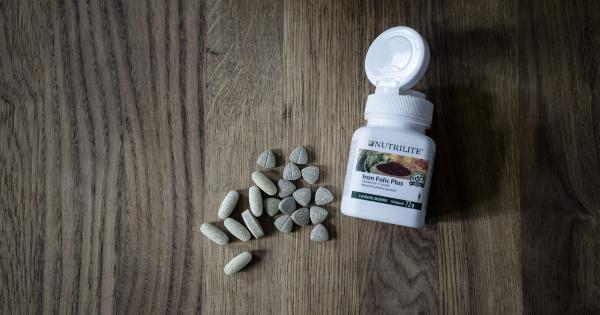When it comes to healing remedies, we often turn to synthetic drugs or expensive skincare products. However, nature has its own powerful arsenal of healing properties, and one such example is tree balm.
Derived from various trees, this miraculous substance has been used for centuries to treat a wide range of ailments and improve the health and appearance of the skin.
The Origins of Tree Balm
The use of tree balm can be traced back to ancient civilizations, where people discovered the medicinal properties of specific trees.
Indigenous cultures around the world have long relied on tree balm to heal wounds, soothe inflammation, and promote overall well-being. Over time, this knowledge has been passed down through generations, and today, tree balm is gaining recognition in the mainstream wellness and skincare industries.
Types of Tree Balm
Tree balm can be derived from various types of trees, each with its own unique set of healing properties. Some of the most commonly used trees for producing tree balm include:.
- Tea Tree: Tea tree balm is well-known for its antiseptic and anti-inflammatory properties. It is often used to treat acne, eczema, and fungal infections.
- Arnica: Derived from the arnica plant, this type of tree balm is renowned for its ability to reduce pain, inflammation, and bruising. It is commonly used in sports medicine and to treat conditions such as arthritis.
- Shea Butter: Shea butter, extracted from the nuts of the shea tree, is a versatile tree balm with moisturizing and healing properties. It is often used to treat dry skin, scars, and stretch marks.
- Comfrey: Comfrey tree balm is known for its ability to soothe skin irritations, promote wound healing, and reduce inflammation. It is commonly used in herbal remedies for eczema, dermatitis, and psoriasis.
- Lavender: Lavender tree balm is cherished for its calming and healing effects. It is widely used in aromatherapy to alleviate stress and anxiety, as well as to promote restful sleep.
Health Benefits of Tree Balm
The healing power of tree balm lies in its rich composition of natural compounds, which work synergistically to provide numerous health benefits. Some of the key advantages of using tree balm include:.
- Anti-inflammatory Properties: Tree balm can help reduce inflammation and soothe irritated skin. This makes it a valuable remedy for conditions such as acne, eczema, and dermatitis.
- Antimicrobial Effects: Many types of tree balm exhibit antimicrobial properties, which can help fight off bacteria, fungi, and other harmful microorganisms. This makes it an ideal solution for treating various skin infections.
- Pain Relief: Certain tree balm varieties, such as arnica balm, are highly effective in reducing pain and swelling associated with injuries, arthritis, and muscle soreness.
- Moisturization and Nourishment: Shea butter and other tree balms are rich in vitamins, fatty acids, and antioxidants, which work together to nourish and hydrate the skin. Regular use can improve skin elasticity, reduce dryness, and promote a youthful appearance.
- Wound Healing: Tree balm stimulates the healing process in the skin, promoting faster recovery from wounds, burns, and scars. It can also minimize the formation of scar tissue, resulting in smoother, more even-toned skin.
Uses of Tree Balm
Due to its wide range of healing properties, tree balm has diverse applications in both healthcare and skincare. Some of the common uses of tree balm include:.
- First Aid: Tree balm can be used as a natural alternative to antiseptics and wound ointments. It helps cleanse and protect minor cuts, scrapes, and burns.
- Skincare: Incorporating tree balm into your skincare routine can help address various skin concerns, such as acne, dryness, and signs of aging. It can be used as a moisturizer, spot treatment, or face mask ingredient.
- Massage Therapy: Many therapists use tree balm during massages for its soothing and pain-relieving effects. It enhances relaxation, eases muscle tension, and promotes overall well-being.
- Aromatherapy: Tree balms with aromatic properties, such as lavender, can be used in aromatherapy to uplift the mood, relieve stress, and induce relaxation.
How to Choose and Use Tree Balm
When selecting a tree balm, it is crucial to ensure you are purchasing a high-quality product. Look for balms made from organic or wildcrafted ingredients and check for certifications or third-party testing to guarantee purity and potency.
To use tree balm effectively, follow these steps:.
- Cleanse the area: Before applying tree balm to the skin, cleanse the area thoroughly to remove dirt and impurities. This will ensure optimal absorption and effectiveness of the balm.
- Apply a thin layer: Take a small amount of tree balm and apply a thin layer to the affected area or desired area of the skin. Gently massage it in using circular motions until fully absorbed.
- Repeat as needed: Depending on the condition being treated, you may need to apply tree balm multiple times throughout the day. Follow the specific instructions provided with the product or consult a healthcare professional for guidance.
- Store properly: To preserve the efficacy of the tree balm, keep it in a cool, dry place, away from direct sunlight and extreme temperatures.
Potential Side Effects and Precautions
While tree balm is generally safe for topical use, it is essential to be mindful of potential side effects and take necessary precautions:.
- Allergic Reactions: Some individuals may be sensitive or allergic to certain tree balms. Perform a patch test before using a new balm to ensure you do not experience any adverse reactions such as redness, itching, or swelling.
- Specific Considerations: Pregnant or nursing women, individuals with underlying medical conditions, or those taking medications should consult with a healthcare professional before using tree balm.
- Proper Usage: Follow the instructions provided by the manufacturer or a healthcare professional. Using excessive amounts of tree balm or applying it to open wounds or broken skin may lead to irritation or other adverse effects.
The Future of Tree Balm
As the demand for natural and sustainable remedies continues to rise, tree balm is poised to play a prominent role in the future of healthcare and skincare.
Ongoing research and scientific advancements are uncovering additional benefits and applications of tree balm, expanding its potential beyond what was known in ancient times. With its healing power derived directly from nature, tree balm offers a holistic and effective solution for various ailments and a path towards healthier, more radiant skin.






























